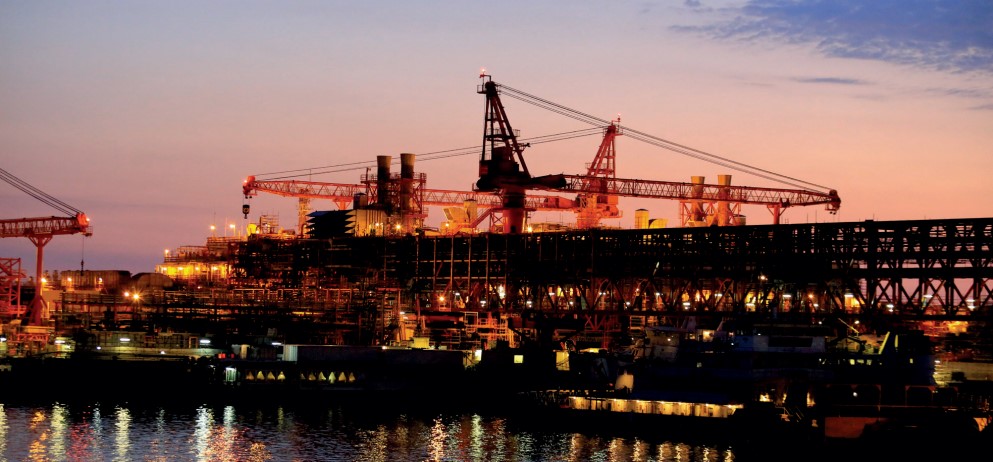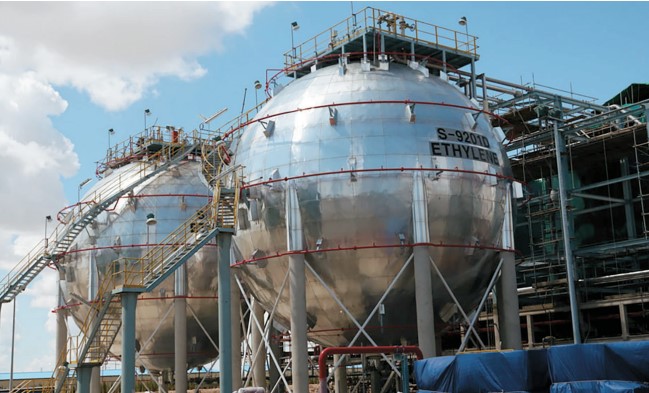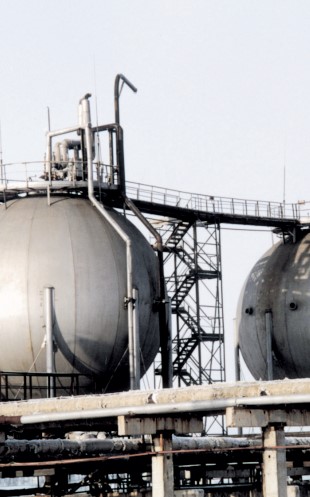Kioge-2022
Revolution in the Gas Market

On July 18, the Government of Kazakhstan approved a Comprehensive Plan for the development of the country's gas industry during 2022-2026.
It defines the vision and main approaches to the phased reform and integrated development of the gas industry of the Republic of Kazakhstan until 2030. The implementation of the plan will make it possible to develop new approaches to regulating the gas market in the country, create conditions for attracting investments in the gas industry, expand the resource base to increase the production of commercial gas, and further development of the fuel and energy complex, and will also ensure uninterrupted and safe gas supply to consumers of the country, the national company QazaqGaz said in a statement.
On the threshold of scarcity
As early as next year, Kazakhstan may face a gas shortage. For the first time, this fact was publicly announced by the President of the country, Kassym-Jomart Tokayev, speaking on June 9 this year in Nur-Sultan at the 34th plenary meeting of the Council of Foreign Investors dedicated to the decarbonization of the Kazakhstani economy and the introduction of low-carbon technologies (for more information, see "Nine steps in the green direction, Petroleum, No. 3-2022). According to the Ministry of Energy, from 2017 to 2021, gas consumption in the country increased by 4.8 bln cubic meters – from 13.8 bln to 18.6 bln cubic meters. The average annual increase in consumption is about 7%. "Amidst the dynamic growth of consumption in the domestic market, we are already predicting a slight gas shortage by 2025, but if our mining and metallurgical enterprises actively switch from coal to gas, then the deficit will be significant," Minister Bolat Akchulakov said in the spring of this year, speaking at the Government hour in the Senate.
Reliable supplier and transit country

By its structure, the gas produced in Kazakhstan is mainly associated petroleum gas. More than 75% of gas production is provided by three mega-projects – Karachaganak, Kashagan, and Tengiz. In contrast, the gross output volume at Karachaganak has remained virtually unchanged for four years, and at Tengiz and Kashagan has been gradually increasing for three years.
By the end of 2021, about 32% of the extracted associated petroleum gas was re-injected into the reservoir to maintain reservoir pressure, 13% was used for the own technological needs of subsoil users, electricity generation, and disposal, and 55% was sent for processing. Of the total volume of commercial gas received, 72% was sent to the domestic market, and 28% was exported.
Kazakhstan has repeatedly stated that, based on the principles of multi-vector hydrocarbon supplies, it seeks to develop all economically profitable transit routes and export supplies of commercial gas. By the end of 2021, Kazakhstan's gas exports amounted to 7.2 bln cubic meters. On October 15, 2017, gas supplies to China began via the Kazakhstan-China trunk gas pipeline. A medium-term contract has been signed with the Chinese side for up to 10 bln cubic meters per year for gas supplies. From 2017 to 2021, Kazakhstan's gas exports to China increased four times from 1.5 bln to 5.9 bln cubic meters.
Due to its geographical location between the largest gas supplier and consumer countries, Kazakhstan has a promising transit potential. The source of gas transit volumes are Uzbekistan and Turkmenistan, and the recipients are the Russian Federation and China. By the end of 2021, international gas transit amounted to 79.3 bln cubic meters, including the transit of Central Asian gas – 48.5 bln, Russian – 30.8 bln cubic meters. Per the Agreement between the Governments of the Republic of Kazakhstan and the People's Republic of China, the Kazakhstan-China gas pipeline is successfully operating both for domestic transportation and export of domestic gas and for transit of Central Asian gas through Kazakhstan to China.
The main goals and course of development of the gas industry
The main objectives of the Comprehensive Plan are to ensure safe and uninterrupted gas supply to consumers of the Republic of Kazakhstan on a priority basis, sustainable fulfillment of gas transit obligations, expansion of the gas resource base, and increase in gas exports, the document says.
The gas industry can become a driver of the country's economic growth and double its contribution to GDP by 2030, provided that the following targets are achieved.
Increasing the resources of commercial gas: the country can increase commercial gas production from 29.4 bln cubic meters in 2021 to 42.1 bln cubic meters by 2030. It is necessary to attract investments in new gas production and processing projects to provide the domestic market and exports with commercial gas, taking into account the stimulation of investments in gas projects by providing fiscal preferences and a favorable purchase price for commercial gas for subsoil users.

Domestic market: it is planned to increase the level of the population's gasification from 9.8 mln people (53.07%) in 2021 to 13.5 mln people (65%) in 2030. The national operator, in conditions of shortage of commercial gas resources and unprofitable prices on the domestic market, initiated a set of proposals to the Law of the Republic of Kazakhstan "On Gas and Gas Supply" on socially fair pricing reform, including expanding the list of categories of consumers willing to purchase commercial gas at market prices.
Transportation: due to the increase in transportation volumes, it is necessary to ensure the reliable and efficient functioning of the existing gas transmission system and to increase its capacity.
Taking into account the increase in crude gas production and commercial gas production, the development of gasification in the southern and central regions of Kazakhstan, the transfer of heat and power generation enterprises to gas, the construction of the 2nd line of the Beineu-Bozoy-Shymkent main gas pipeline with a capacity of 10 bln cubic meters per year or more will be required. At the same time, the national operator states that the implementation of new gas transportation projects will be carried out only if the projects themselves pay off and there is a synergistic effect on the company's activities.



